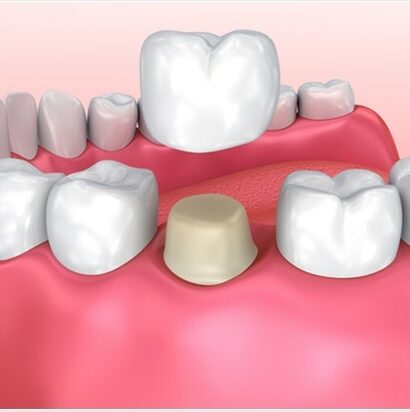As biopharmaceuticals gain ground, the study of immunogenic responses becomes more important. Biologics, or large molecule drugs, are often seen as foreign substances by the body. As a result, antibodies are created to fight off and neutralize these foreign bodies. These Anti-Drug Antibodies (ADA) can potentially reduce the efficacy of the drug. In some cases, they may even induce an adverse effect.
To reduce this risk, immunogenicity testing is a regulatory requirement for biopharmaceuticals. ADA assays are used to look for antibodies that may be present due to the drug. It is important to note that neutralizing and non-neutralizing antibodies are both relevant. The latter doesn’t affect the drug’s pharmacodynamic activity, but they’re important to study.
The sensitivity of the assays is important. For quite a while, the FDA was satisfied with an assay sensitivity of 250-500 ng/mL. However, the current requirement needs supersensitive ADA assays that can measure 100ng/mL for immunogenicity. This requirement also needs the assays to be able to withstand interference from various matrices. Selectivity becomes fairly important, along with the sensitivity of the assay.
Assays and Challenges In Measurement
Immunogenicity assays face several challenges because there are several interactions between the drug, target, and sample matrices. Additionally, the interference from various matrices can negatively affect the readings and results. The drug itself may also add to the interference as biotherapeutics have a long half-life. Thus, they can be expected to be present in the matrix and the samples.
Drug tolerant immunogenicity assays may be used to deal with this problem. It is also important to understand the drug tolerance limit of the assay to evaluate ADA sensitivity. Essentially, the sensitivity of the assay is relevant to the lowest concentration of ADA that can be differentiated from the background noise. An established assay cut point (CP) also provides relevant information. The presence of ADA at or above the CP is seen as the ADA response.
A very precarious path is tread in establishing ADA responses with immunogenicity assays. Apart from interference, problems related to false positives, unnecessary outlier removal, inappropriate CP, and risks due to the drug soluble target must be addressed. Often, the CP is set during the prestudy using a commercially available serum matrix. In case this matrix doesn’t reflect the target population of the study, the established cut point may not be effective.
Several ligand-binding assay formats are available to test ADAs. However, these may not be as accurate considering they require a specific positive control and may not be as suitable to be used with human ADAs and therapeutics. In many cases, bridging ligand binding assay is preferred as a solution to problems with conventional ligand binding assays.
Methods and Measurement for ADA Assays
For a very long time, enzyme-linked immunosorbent assay (ELISA) was the standard for most ADA assays. However, this method is also linked to higher background noise, which led to a lower sensitivity of the assay. While the method is still in use, it is augmented with modern techniques like Meso Scale Discovery (MSD), electrochemiluminescence (ECL). These and several other techniques make the better study possible.













